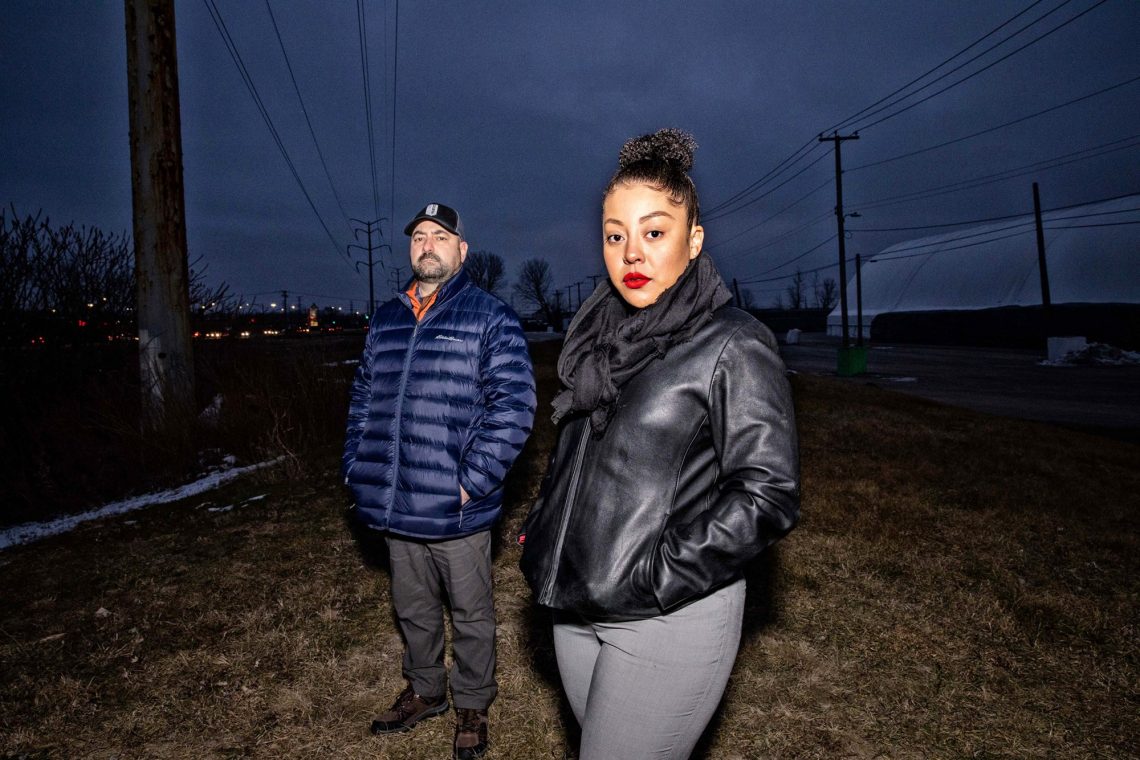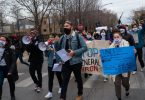CHICAGO — For more than a century, industries have shaped the banks of the Calumet River on Chicago’s Southeast Side, creating a gritty economic corridor of trucking and cement companies, manufacturing plants and scores of salvage yards that spew metallic dust from scrap piles.
Each breath near the packed lines of factories feels heavy.
Yet, the prevailing view had been how those employers create well-paying, blue-collar jobs, and jobs are good for this largely Latino enclave, said Richard Martinez, a pastor at Nehemiah Family Fellowship Church and third-generation Southeast Sider, whose family worked for the factories.
But now, Martinez and a coalition of residents are pushing back: A proposal to open a scrap metal plant along the Calumet has sparked protests and a legal battle with the city, as well as reignited criticism that access to a cleaner environment for vulnerable communities of color is being sacrificed in favor of industry. The federal government on Monday said it was opening an environmental justice investigation into the state’s approval last June of a permit for the project.
The stakes remain especially high, community activists say, after the Chicago area last summer experienced its longest streak of high-pollution days in more than a decade, coming amid the coronavirus pandemic that has underscored persistent racial health and economic disparities nationwide. The mostly Latino residents on the Southeast Side of Chicago suffer from a disproportionate share of health problems compared to other areas of the city.
“I don’t consider myself an environmentalist,” Martinez, 48, said. “But as a pastor and a father, whatever we allow in our community has to be a blessing to the land and to our health and to future generations.”
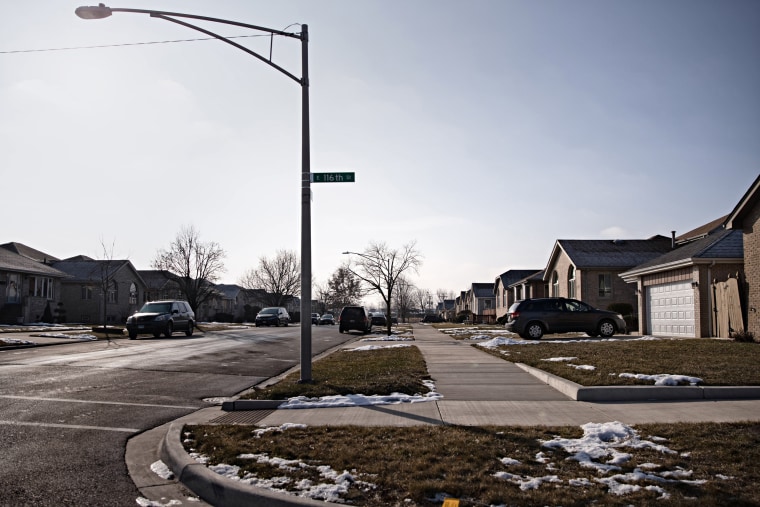
Peggy Salazar, a resident for nearly 70 years, who is the director of the local nonprofit Southeast Environmental Task Force, said the community has had enough with factories dumping in their neighborhood.
“They’re thinking, ‘This place is already contaminated, so what’s a little more?’” she said. “But we’re not going to accept it anymore like we did for so long. We are going to fight for the transformation of our community.”
Recycling firm moving in
Martinez is a plaintiff in a federal lawsuit opposing a permit application filed by Reserve Management Group, a metals and electronics recycling firm seeking to operate a new facility, Southside Recycling, that can transform up to 1 million tons of unwanted metal products annually.
The Chicago Department of Public Health, however, must approve a key operating permit, giving the public until Friday to comment. The health department in September granted an air pollution control permit for the site, but drew criticism from Southeast Side residents who felt blindsided by the approval, citing how the area is already overburdened with environmental toxicity.
Reserve Management Group acquired control of another scrap metal plant, General Iron, on Chicago’s North Side in the fall of 2019. Previously, General Iron was a family-owned business that launched in the early 1900s, shredding and recycling discarded automobiles, appliances and other materials.
But in recent years, the North Side site was the subject of several dozen complaints about air pollution, strong odors, noise and smoke, and even explosions, prompting citations and protests over health concerns and spurring residents’ demands that city officials shut down the facility.

Instead, Reserve Management Group agreed to a city-approved “exit plan” that involved vacating General Iron’s longtime home in the North Side’s Lincoln Park, a majority white neighborhood and one of the most affluent in Chicago, by the end of 2020, and reopening operations to its existing site on the Southeast Side. It is unclear if any other site was considered.
Addressing the controversy, Reserve Management Group CEO Steve Joseph wrote in a letter to the editor in the Chicago Sun-Times in November that he welcomed the chance to be held accountable during the permitting process and the project has “created hundreds of construction jobs and will keep more than 100 well-paying jobs in the city.”
“The racial, ethnic and income demographics of surrounding neighborhoods played no role in our considerations,” he added.
But such an explanation doesn’t always satisfy members of the city’s Black and brown communities, who tend to live in more polluted areas and don’t have the same power and influence to advocate for their own interests, environmental advocates and legal experts say.
“Areas that are largely Latino, such as on the Southeast Side, have been a dumping ground where all the polluting industries have gone for many years,” said Jennifer Cassel, an attorney with Earthjustice, a nonprofit environmental law organization.
In the past decade, she added, these areas have been fighting petroleum coke pollution, landfill sites, proposed coal plants and high concentrations of manganese, a neurotoxin linked to neurodegenerative diseases like Parkinson’s.
The history with environmental racism goes even deeper, said Kiana Courtney, an attorney with the nonprofit Environmental Law and Policy Center, which has filed public comments against Reserve Management Group’s permit application.
“Much of Chicago’s zoning for industrial corridors and factory receiving areas overlap, almost identically, with areas that were redlined,” Courtney said, referring to how federal agencies in the 1930s allowed for discriminatory lending practices that kept Black homebuyers out of certain areas.
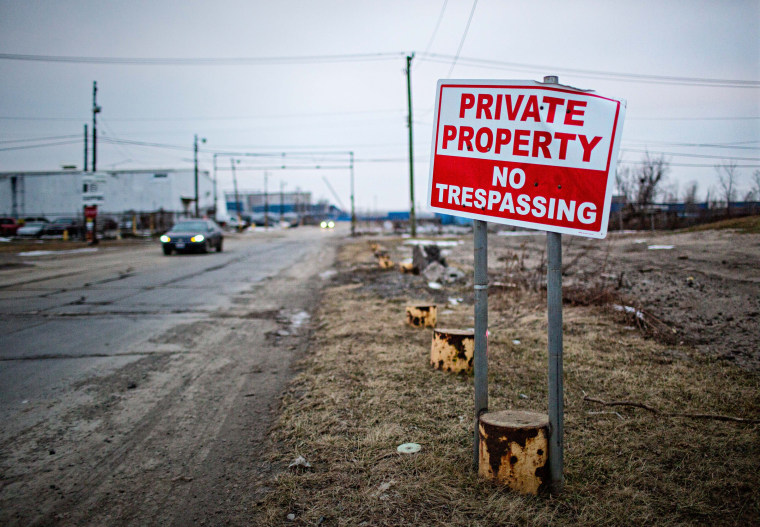
Rising opposition
Protests heated up in 2018 outside of the General Iron facility in Lincoln Park. Residents said they were fed up with the sound of crunching metal, irritating metallic smells and dark particles that landed on their porches and patios, so-called fugitive dust from the 60,000 tons of scrap metal recycled at the plant each month.
That same year, federal regulators issued a notice of violation to the company for excessive air emissions, which led to an agreement to install additional pollution controls. The Environmental Protection Agency found that several hazardous air pollutants, including zinc, mercury and lead, were present in the exhaust gases at detectable levels, although the rates were still “low compared to EPA emission limits.”
Roni-Nicole Facen, an educator who last year became principal of St. Francis de Sales High School on the Southeast Side, was unaware of General Iron until the protests two years ago. She heard about the early discussions to move its operations to her neighborhood, and students’ families began asking what a new scrap metal facility would mean for them.
The proposed site is a half-mile away from an elementary school, high school and several little league baseball fields.
“If it wasn’t good enough for Lincoln Park, why wasn’t it not good enough for us?” Facen, who is Hispanic and Black, asked.
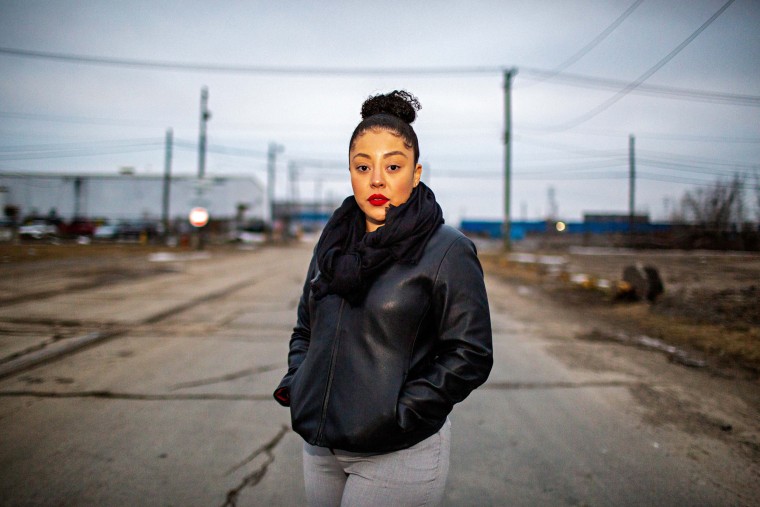
Facen joined Martinez in a complaint filed in the fall in the U.S. District Court for the Northern District of Illinois against the city, which includes Mayor Lori Lightfoot and the health department as defendants. The suit alleges the city’s support to “relocate” General Iron’s operations amounts to a “racially-discriminatory decision.”
In the city’s answer to the complaint, attorneys denied the “conspiratorial allegations” and said the approval of an agreement with Reserve Management Group “would mean only that the City worked with RMG to ensure approval of its expansion; not that the City did so because of the racial makeup of the neighborhood in which RMG’s facility already operates.”
Regarding community groups’ claims of environmental racism on the Southeast Side, a city spokesperson told NBC News that Chicago’s “top priority is the health and safety of our residents” and that the Department of Public Health began developing new rules to ensure large recycling operations are “designed, operated, and monitored to prevent public nuisance, health threats, and environmental damage.”
But safety measures haven’t prevented problems in the past.
General Iron’s North Side facility, which was later acquired by Reserve Management Group, was cited at least 11 times for pollution and nuisance law violations between December 2019 and March 2020, and saw two explosions in May, the Sun-Times reported.
Those violations were tossed aside after the company paid the fines and then was given a clean slate to move forward with its permit application on the Southeast Side.
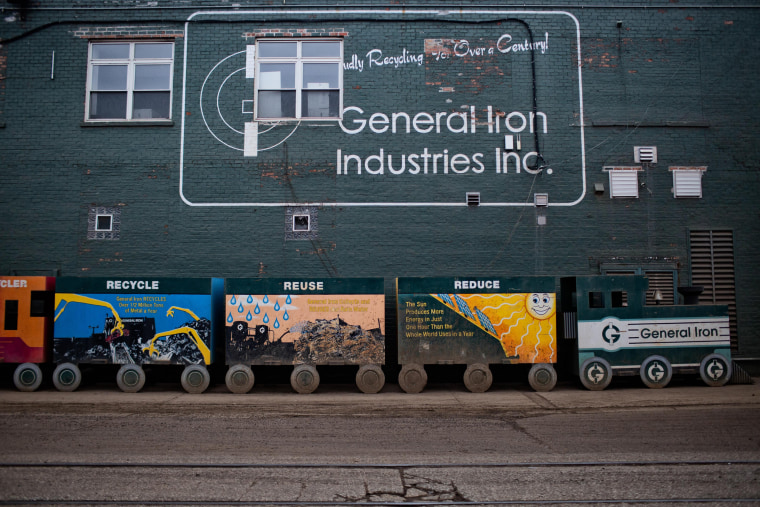
The issue has also sparked an investigation by the U.S. Department of Housing and Urban Development after community groups lodged a civil rights complaint in August saying the closing of the plant in the white, affluent area of Chicago and the opening of one in a Latino neighborhood would violate federal fair housing laws.
Both HUD and the city of Chicago did not provide details on the complaint, stating that they cannot comment on cases under investigation.
HUD, meanwhile, said in a letter to be included in a court filing Friday that it has referred the case to the Department of Justice to review zoning and land use issues. The Justice Department and HUD both declined to comment.
Reserve Management Group said in a statement in November that its actions “have been proper and transparent” and “we expect and accept fair and thorough scrutiny of our final permit application.” It added that its Southside Recycling facility will have pollution control equipment “unrivaled” in Chicago.
“We are continuing preparations to operate the most technologically advanced and environmentally responsible metal recycling facility in the country on the site of our longtime and expanding operations on the Southeast Side, and we are looking forward to successfully completing the permit process,” Randall Samborn, a company spokesman, said in a statement this month.
The EPA this week opened a separate but related investigation into Illinois Gov. J.B. Pritzker’s administration and its role in granting a state permit, which cleared the way for the city’s process. The administration said its “hands were tied” by judicial interpretations of state law when the permit was approved in June, the Chicago Tribune reported.
In a statement, a spokesperson for the state said “the Illinois EPA will work with U.S. EPA and involved parties in the review of the complaint.”
The EPA said in a statement that while it was “investigating a complaint alleging that the Illinois EPA discriminated against the ‘LatinX and African American’ communities in southeast Chicago on the basis of race and national origin,” that “accepting the complaint for investigation is not a decision on the merits of the case.”
Reserve Management Group fired back at the EPA investigation, saying in a statement that activists and their attorneys are “pulling out all the stops in a desperate effort to stop a legally qualified business from operating pursuant to rigorous controls and conditions.”
But Facen says that when she thinks of the opening of another facility that could potentially affect the air quality in her neighborhood, she worries about her students. They are mostly Latino and Black, and 92 percent of them live below the poverty level, she said.
“With us not knowing what a General Iron in the Southeast Side is going to do to our health, would you want to take that chance, especially in the midst of Covid?” she asked.
A disproportionate burden
The steel industry was once the lifeblood of the Southeast Side before the mills shuttered for good in the 1980s and the ‘90s. Other factories and assembly plants still operate or have expanded.
Salazar, the head of the Southeast Environmental Task Force, one of the groups that pushed for the opening of the HUD investigation involving General Iron, laments how her quality of life has significantly diminished over the decades. She blames the lingering effects of industrial pollution.
“We don’t go outside and enjoy the outdoors or even sit in our yard because of some of the putrid smells that are constantly blowing in our direction,” she said.
Health indicators suggest the extent of the disproportionate burden on area residents: About 15 percent of the adult population in South Deering, the neighborhood where the Southside Recycling plant is proposed to open, suffers from asthma, according to Illinois Department of Public Health data from 2016-18. In the wealthier Near North Side, the rate is less than 3 percent, while the rate citywide is 9.5 percent.
“In Chicago, with its history of segregation and disinvestment in Black and Latinx communities, the differences between neighborhoods can be stark,” according to a 2020 Chicago Department of Public Health report, which found some of those communities have rates of poverty, cardiovascular disease and chronic obstructive pulmonary disease that are 10 times higher than others. The report also found that air quality on Chicago’s Southeast Side ranked among the worst in the city.
While Salazar and local grassroots groups have fought for environmental protections before and were able to gain new regulations for the storage and handling of harmful substances, she said many residents don’t expect much to change.
Each fight was onerous and despite the regulations being in place, very little enforcement is carried out, making the community its own watchdog, she added.
Though Salazar admits it’s an uphill battle for the Southeast Side when it comes to halting another industrial facility, she hopes to see her neighborhood revitalized with healthier amenities within her lifetime.
“We are not asking for anything special or more than others,” she said. “We are asking for equity, fairness and the ability to live in a safe, healthy and vibrant community.”
Safia Samee Ali reported from Chicago, and Erik Ortiz from New York.
CORRECTION (Jan. 29, 2021, 10:59 a.m.): An earlier version of this article misspelled the last name of the lawyer for Earthjustice. She is Jennifer Cassel, not Casell.

